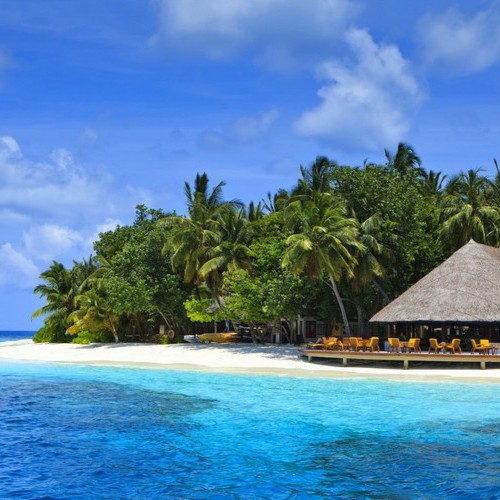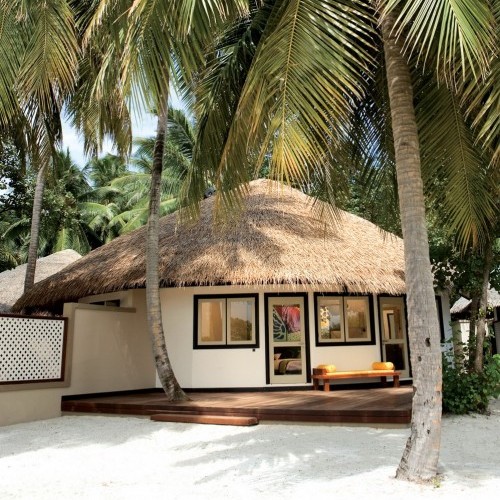Climate & Weather
Essential Information For Maldives
In a nation with less than one percent land and over 99 percent ocean, the weather obviously plays a significant role in day-to-day life. For a long time Maldivians have organised their lives based on a system of nakaiy. Each nakaiy is 13 or 14 days long and is divided into two seasons; iruvai, northeast monsoon, and hulhangu, southwest monsoon. The nakaiy calendar is still used to determine such things as the best time for fishing, travel or planting crops.
Maldives has a tropical climate with warm temperatures all year round (28-32°C) and a great deal of sunshine. The warm tropical climate results in relatively minor variations in daily temperature throughout the year. The hottest month, on average, is April and the coolest is December. The weather is determined largely by the monsoons.
There is a significant variation in the monthly rainfall levels. February is the driest month, with January to April relatively dry, and May and October record the highest average monthly rainfall. The southwest monsoon, from May to September, is the wet season. Rough seas and strong winds are common during this period. The northeast monsoon falls between December and April. This is a period of clear skies, lower humidity and very little rain. Maldives is in the equatorial belt and therefore severe storms and cyclones are extremely rare events. However, the country is affected whenever cyclones form in the Bay of Bengal or the Arabian Sea. The spiralling clouds of the weather systems appear over Maldives causing spells of rain.











